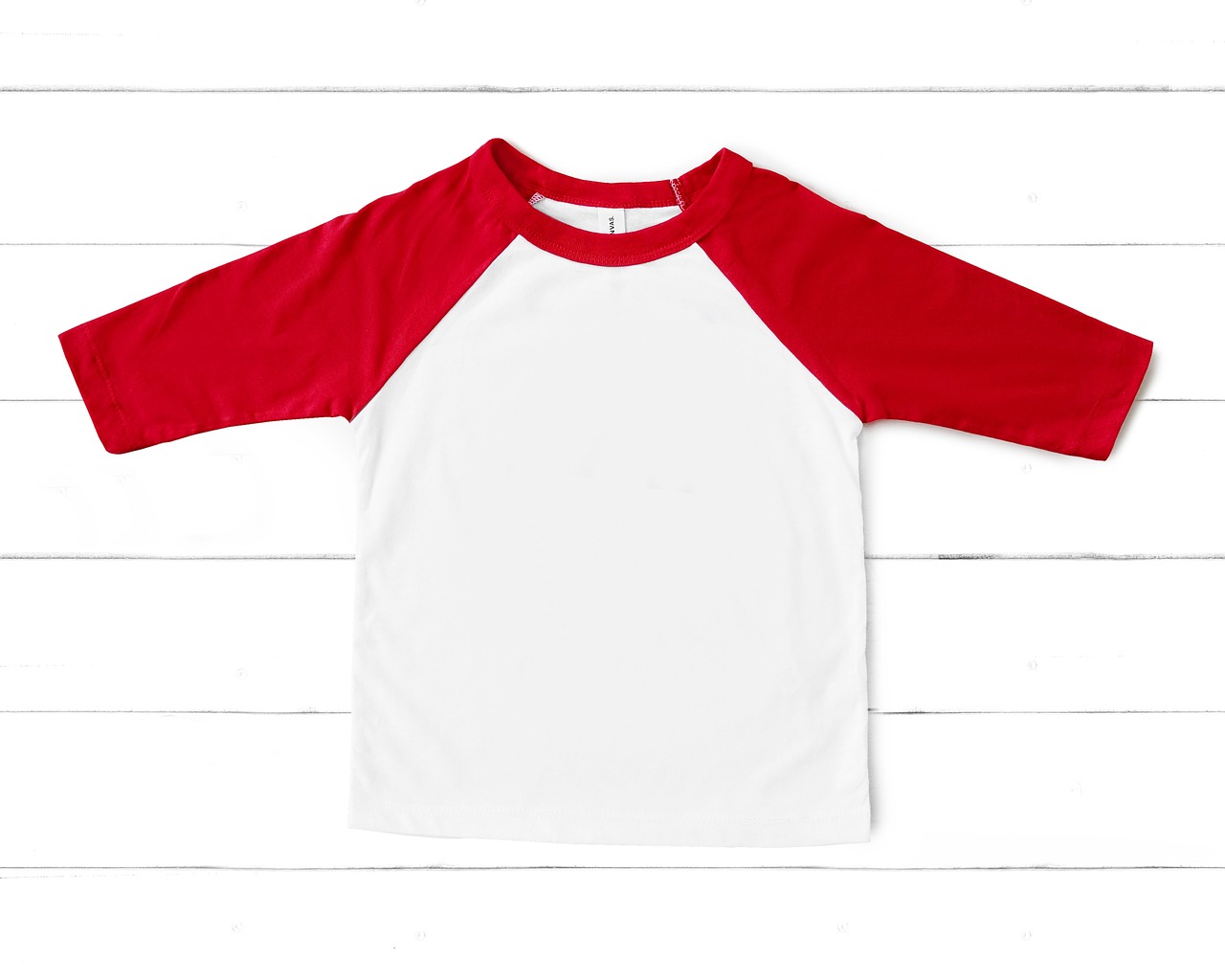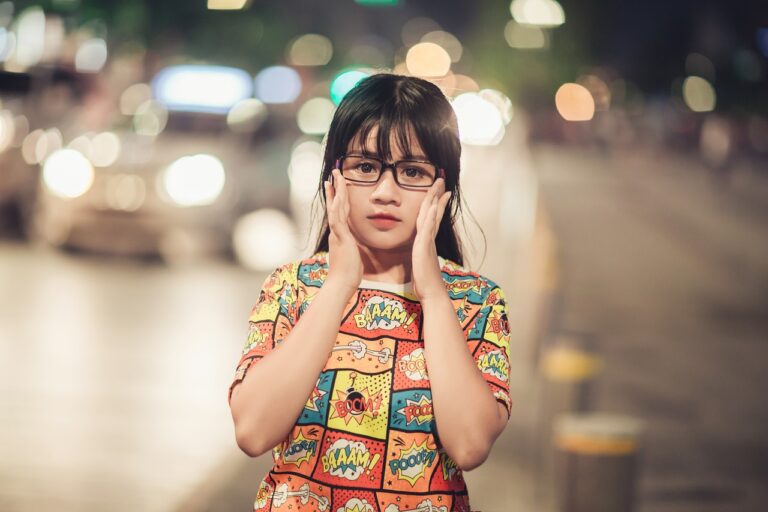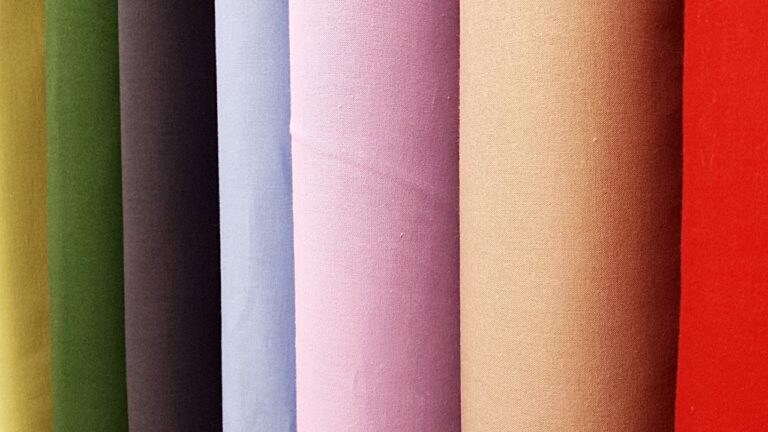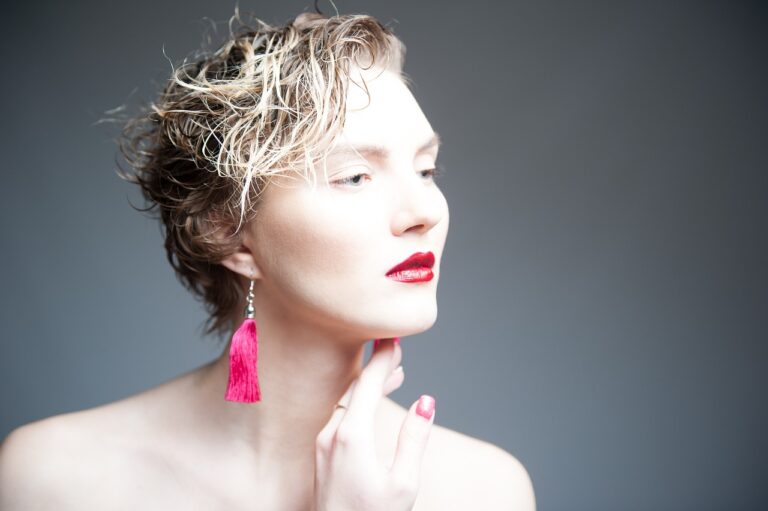The Influence of Art Movements on Pattern Making Trends: Silverexch com, Goldenexch create account, Betbook247 com login
silverexch com, goldenexch create account, betbook247 com login: The Influence of Art Movements on Pattern Making Trends
Art has always been a powerful force in shaping culture and trends. From the Renaissance to modern-day movements like Pop Art and Minimalism, artists have continuously pushed boundaries and inspired new ways of thinking. One area where the influence of art is particularly prominent is in pattern making trends.
Patterns are a fundamental aspect of design, whether they’re used in fashion, interior design, or graphic design. They can evoke emotions, tell stories, and create visual interest. And just like art movements have come and gone, so too have pattern making trends evolved over time.
Let’s take a closer look at how different art movements have influenced pattern making trends throughout history.
1. Renaissance: The Renaissance period was characterized by a revival of classical learning and a focus on symmetry and balance. This emphasis on order and harmony is reflected in the intricate geometric patterns commonly seen in Renaissance art and design.
2. Baroque: The Baroque period was all about drama and movement. Baroque patterns are ornate and extravagant, featuring elaborate swirls and curves inspired by nature and the human form.
3. Rococo: Rococo patterns are delicate, whimsical, and full of intricate details. They often incorporate motifs like flowers, feathers, and scrolls, reflecting the period’s focus on luxury and decadence.
4. Art Nouveau: Art Nouveau patterns are known for their organic, flowing shapes inspired by nature. They often feature stylized flowers, vines, and other natural elements, creating a sense of movement and life.
5. Cubism: Cubist patterns are bold and abstract, often breaking down forms into geometric shapes and angles. They play with concepts of fragmentation and perspective, creating dynamic and visually engaging designs.
6. Abstract Expressionism: Abstract Expressionist patterns are spontaneous and emotive, reflecting the movement’s focus on individuality and self-expression. They often feature bold colors, gestural brushstrokes, and dynamic compositions.
7. Pop Art: Pop Art patterns are playful and bold, drawing inspiration from popular culture and mass media. They often feature bright colors, bold graphics, and repeated motifs like comic book characters or advertising slogans.
8. Minimalism: Minimalist patterns are simple, clean, and understated. They often feature geometric shapes, monochrome color palettes, and clean lines, reflecting the movement’s focus on simplicity and precision.
Art movements have had a profound impact on pattern making trends throughout history, shaping the way we think about and create patterns. By studying the techniques and aesthetics of different art movements, designers can draw inspiration and create patterns that are both timeless and innovative.
FAQs
Q: How can I incorporate art movement-inspired patterns into my designs?
A: Look to the techniques and motifs of different art movements for inspiration. Experiment with colors, shapes, and compositions to create patterns that reflect the spirit of a particular movement.
Q: Are there any patterns that are timeless and versatile?
A: Yes, patterns like stripes, polka dots, and florals are classic and can be adapted to fit into any design style or aesthetic.
Q: How can I stay current with pattern making trends?
A: Follow designers, artists, and trend forecasters on social media, attend design conferences and exhibitions, and keep up with industry publications to stay informed about the latest pattern making trends.
In conclusion, the influence of art movements on pattern making trends is undeniable. By understanding the techniques and aesthetics of different art movements, designers can create patterns that are both innovative and reflective of the rich history of art and design.







